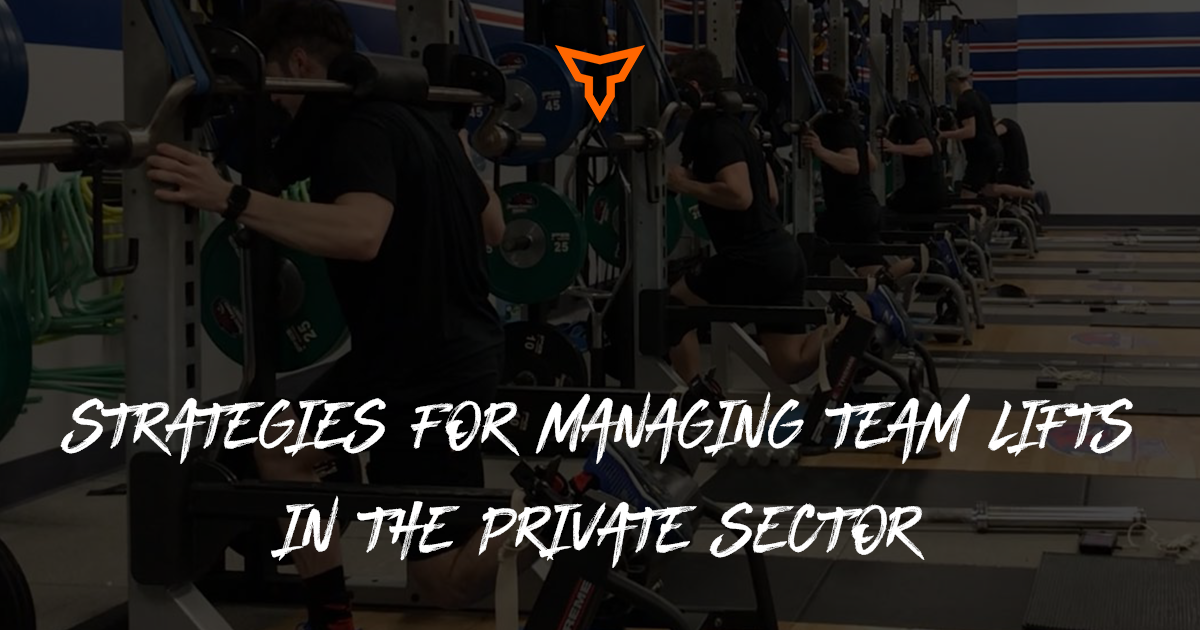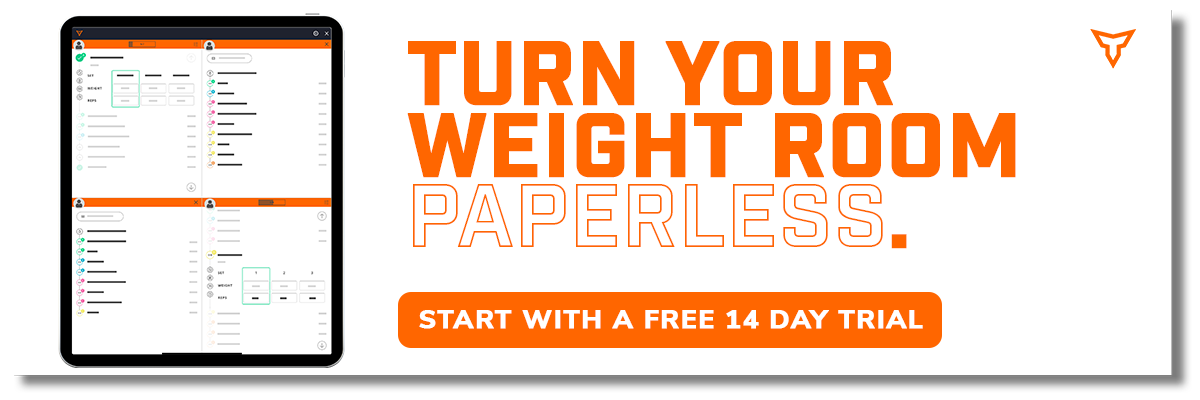3 Ways to Improve Your Use of Soft Skills
“Soft skills get little respect, but they will make or break your career.” -Peggy Klaus
As coaches, we are enamored with the learning process. We spend time and money learning the best periodization system, how to perform exercises correctly, and the latest nutrition research. You can possess all the training and nutrition knowledge in the world, but none of this matters if you cannot connect or communicate with your client. We often fail to pursue development in soft skills because we are distracted by learning more about training, an area that is comfortable to us. It’s time to get a little uncomfortable and learn about the areas that can separate you from the average coach who pays little attention to these things. In this article, you will learn what soft skills are necessary and how to implement them as a coach.
Soft skills are often defined as non-technical skills that relate to how you work. In the world of personal training, think of soft skills as “people skills” or your ability to connect with another person. In 10 years of coaching, I have found the most successful coaches possess an uncanny ability to connect with people. It’s this ability that inspires clients to want to work with the coach and continue to work with them over time. These are 3 ways I think about soft skills as a coach and how I incorporate them into my business:
1. Seek First to Understand
“Most people do not listen with the intent to understand; they listen with the intent to reply.” - Dr. Stephen Covey
I’ve seen this example time and time again. A coach is asked the following question by a client: “Will the keto diet help me lose 20lbs?” Before the client finishes asking their question, the coach is already cutting off the client and telling them how this approach is stupid and the only thing that matters is creating a caloric deficit. Wow, I’m sure this client is going to continue to ask for your guidance in the future!
The coach is making this interaction about himself showing how much knowledge he has, rather than focusing on the client. The coach could use a refresher on empathy, which is defined as the ability to understand and share the feelings of another. Because the coach is listening with the intent to reply, he is also missing out on the meaning of the conversation entirely. The principle “Seek First to Understand” embodies the soft skills of empathy and listening. Let’s revisit this question from the client through a lens with empathy and actively listening.
In this example, the trainer can improve by waiting until the client has fully addressed their question. Once the question has been asked, the trainer can continue to direct the client to lead the conversation by asking questions like these:
- Why do you want to lose weight?
- Why 20lbs?
- Why are you interested in the keto diet?
By asking these questions, you may find out that the real reason the client wants to lose weight is that they feel sluggish while running around and playing with their 3-year-old. A 20lb weight loss target was the weight the client was at when they felt like they had the highest amount of energy and didn’t feel tired walking up and down the stairs. The client is interested in the keto diet because they had a friend who lost 10lbs in a week and the client believes it will be less time-consuming than meal prepping throughout the day.
You just uncovered about 4 different reasons why the client is asking for your guidance, and you could have missed all of these areas had you responded like the coach without any empathy. Most clients are not coming to you for your direction, but rather for your guidance. Seek first to understand to provide the best guidance to your clients.
2. Friendliness
“Sometimes you want to go where everybody knows your name and they're always glad you came.” -Cheers Theme Song by Gary Portnoy and Judy Hart-Angelo
If you’re like me and grew up watching reruns of the 1980s sitcom “Cheers”, this song probably plays in your head occasionally. I think that’s a good thing and I use this as a reminder for the soft skill of friendliness. When your clients arrive at your session, address them by their name. At Studio DelCorpo, where I train my clients in Chicago, our staff has a habit of greeting clients by name as soon as they enter through our front doors. Not only is the trainer greeting his own client, but we take the time to learn the names of the clients who are with other trainers. When asked about what clients like most at DelCorpo, they will often respond with “I feel welcomed from the moment I first walk in the door and I’m impressed everybody knows my name.”
While this sounds super simple, you will be impressed by how this impacts the morale of your clients and overall client retention. For many individuals who are seeking personal training, the gym is still a very intimidating place. Greet the client by their name. Smile and ask how their day is going. Catch up on the latest episode of “The Bachelor.” These things will show the client you are friendly and have a personality, and youaren’t just an individual who likes to pick things up and put them down.
3. Flexibility
“Flexibility is the key to stability.” – John Wooden
If there was a quality I get the most thanks for from my clients, it’s the ability to be flexible. While you may know the best route for the client to take and have every single training session mapped out on paper, sometimes your clients are going to have bad days and they will want to spend the entire session training arms while listening to Metallica. Do it; your clients will thank you in the long run. You never know what someone else is going through. If you fight them on something that is rather insignificant, you may lose a client.
I often ask my clients if there’s anything specific they may want to work on during that training session or as we begin our next training plan. There are often times when something comes up that goes against the science of our current plan. I understand the big picture here and realize that my clients are paying me to help them hit their goals while making it the best experience possible. The experience isn’t about me; it’s about them. I am willing to adapt small parts of the program because it shows the clients that I am listening to their suggestions and it’s likely going to increase their overall motivation in completing the plan. Consistency of training will beat the perfect plan that is only executed occasionally.
Things will come up in the client’s life that will require them to skip the training session with you. Although fitness is usually the main priority for us as coaches, it’s often not the same for most of your clients who may be balancing workloads while raising a family. Skipping training sessions isn’t ideal and can be frustrating but try to find a way to be flexible with your training plan and schedule. If there’s an alternative time you can train, I am sure your client will appreciate the fact that you are at least offering up an additional time to complete the session.
As the opening quote stated, soft skills can make or break your career. This is an over saturated field and you need to have skills that separate you from the average trainer. Take the time to develop these soft skills and make them habitual in your interactions as a coach. A good coach knows the science, but a great coach knows the science and has the soft skills to inspire, motivate, and change lives.
SUMMARY
- Be empathetic and actively listen to your clients.
- Be friendly, address your client by name, and find common interests to connect on.
- Be flexible with the training plan and client’s schedules whenever possible.
Subscribe to our blog
Subscribe to receive the latest blog posts to your inbox every week.
Related posts

Strategies for Managing Team Lifts in the Private Sector

Creative Productivity: Using Time Wisely During Shutdowns


